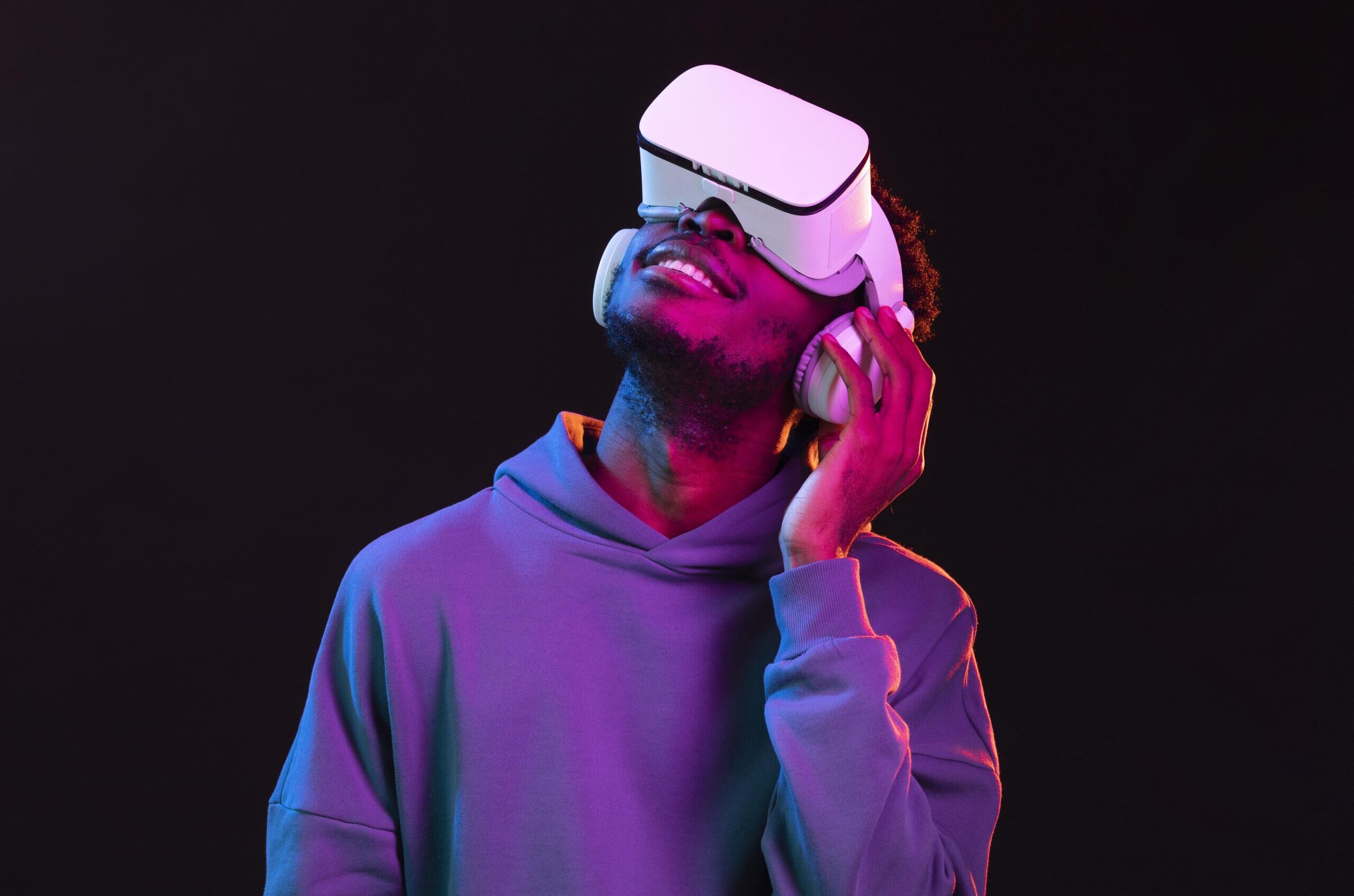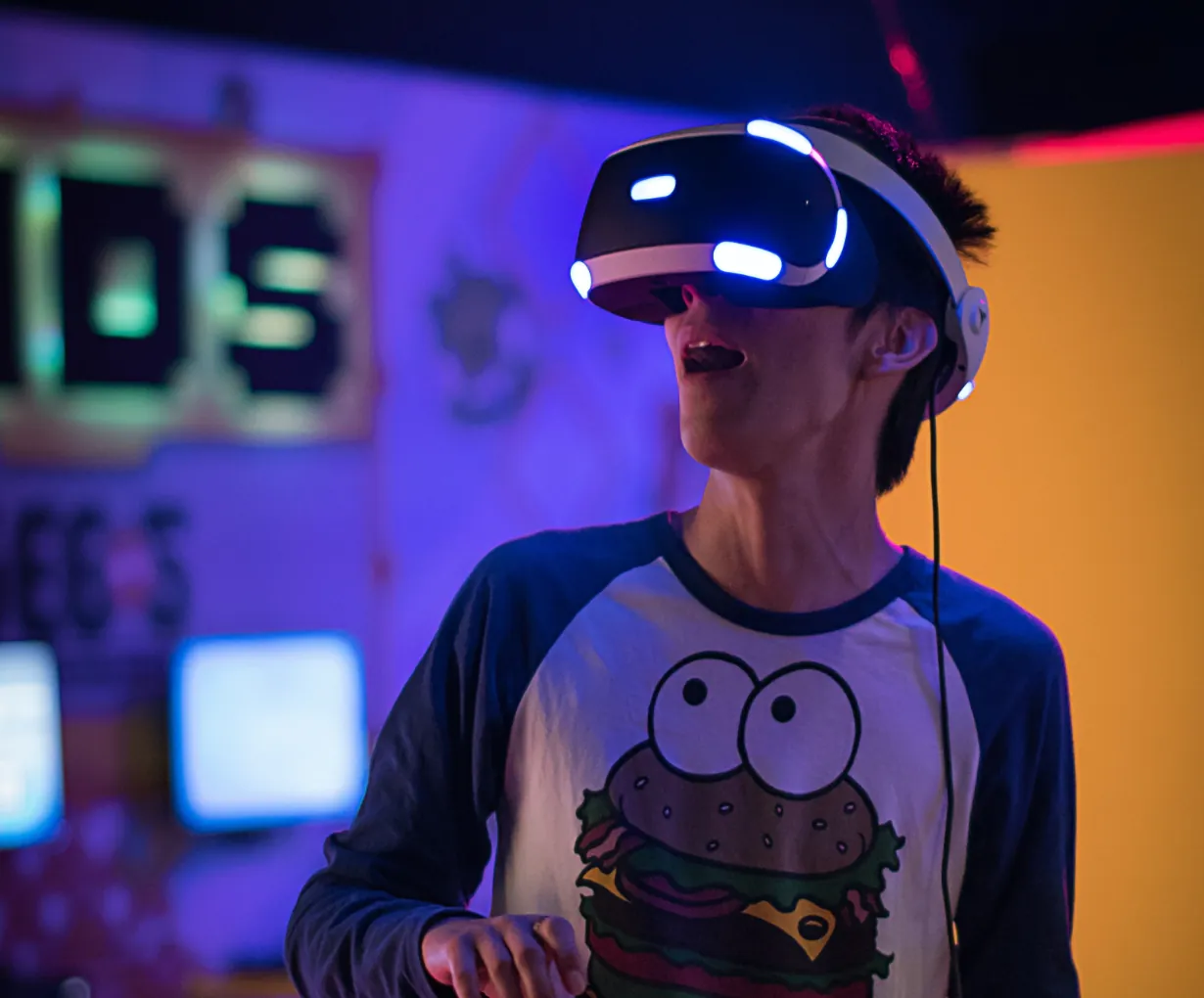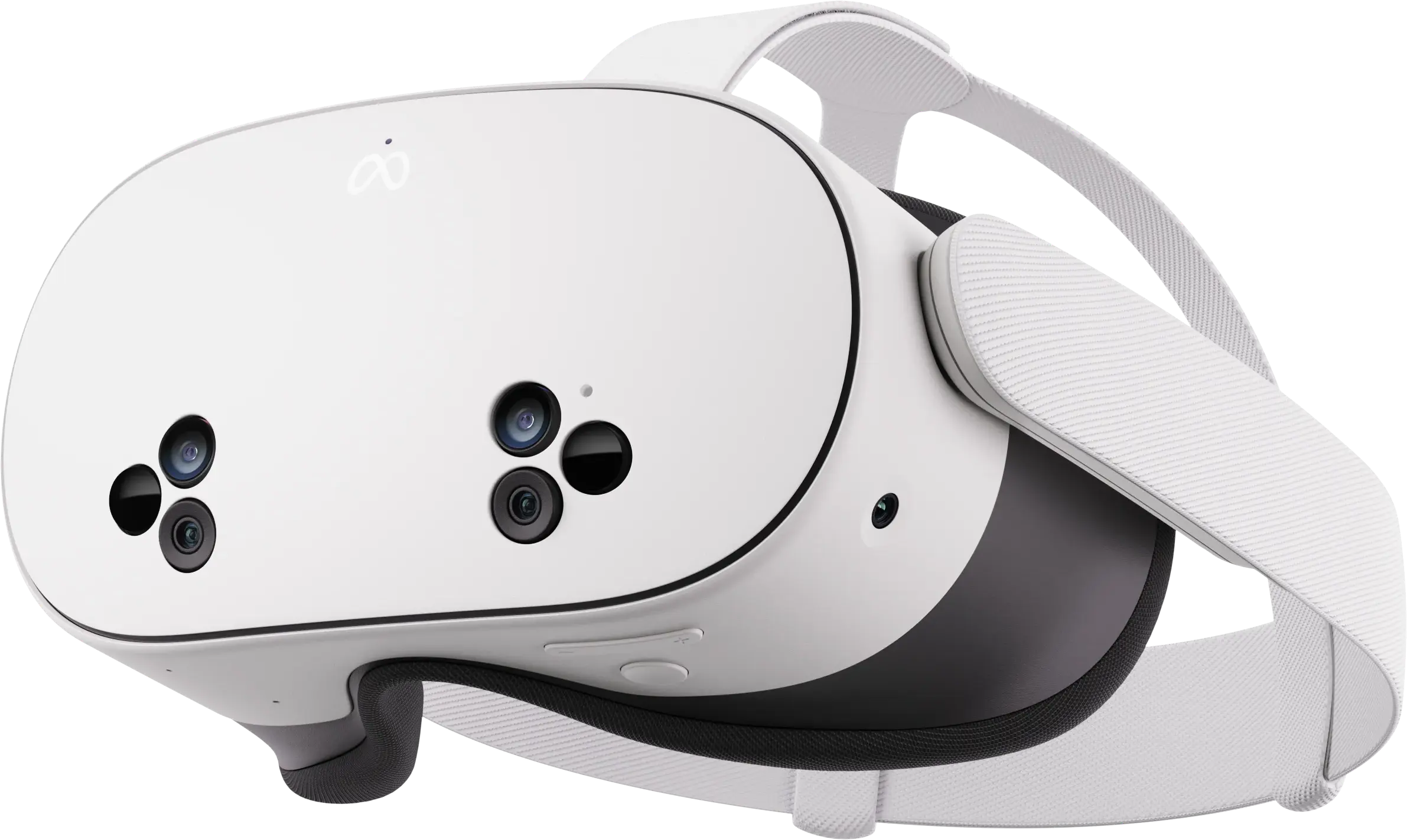For students pursuing STEM degrees, College Algebra often serves as the first significant academic obstacle. At Historically Black Colleges and Universities (HBCUs) like Prairie View A&M University (PVAMU), where failure rates in College Algebra reach 55%, this challenge disproportionately affects underrepresented minority students, creating a systemic barrier to STEM degree completion. Traditional teaching methods—lecture-based instruction, textbook problems, and rote memorization—frequently fail to engage students who struggle with abstract mathematical concepts. Virtual reality (VR) offers a transformative alternative, immersing students in interactive learning experiences that make algebra tangible and relevant.
College Algebra is a required course for most STEM majors, yet it has one of the highest failure rates in U.S. higher education. For Black and Hispanic students—who are already underrepresented in STEM fields—this creates a significant obstacle. National data shows that only 40% of Black students and 47% of Hispanic students who begin STEM programs ultimately complete their degrees. At HBCUs, where algebra failure rates exceed 50%, many students are forced to switch majors or leave STEM altogether.
Traditional algebra instruction often relies on passive learning methods that fail to address the needs of diverse learners. Lectures and standardized exams prioritize speed and procedural fluency over deep understanding, leaving students who need more time or alternative explanations behind. This approach disproportionately impacts minority students, many of whom come from underfunded K-12 systems with limited math preparation, lack STEM role models, or experience math anxiety due to past struggles.

Virtual reality redefines math education by shifting from passive absorption to active engagement. Instead of memorizing formulas, students interact with algebraic concepts in immersive, three-dimensional environments. For example, rather than solving abstract quadratic equations on paper, learners can manipulate variables in real time within a VR simulation—adjusting the parameters of a virtual bridge and observing how changes affect its stability.
Research supports the effectiveness of experiential learning in VR. Studies indicate that students retain information at significantly higher rates when they engage with material interactively rather than through traditional lectures. Additionally, VR’s gamified elements—such as progress tracking, instant feedback, and rewards for problem-solving—increase motivation, particularly among students who typically disengage in conventional classroom settings.
One of VR’s most powerful benefits is its ability to reduce math anxiety. Many students enter algebra courses with negative past experiences, leading to avoidance behaviors and self-doubt. VR creates a psychologically safe space where learners can experiment, make mistakes, and reset without fear of judgment. Early implementations of VR-based algebra instruction, such as the Algeverse program at PVAMU, have shown promising results, with participants reporting lower anxiety levels and increased confidence in their math abilities.
A persistent issue in traditional algebra instruction is the disconnect between abstract concepts and real-world applications. Students often struggle to see the relevance of solving for *x* when the problems feel detached from their academic or career goals. VR bridges this gap by embedding algebraic principles in STEM-related scenarios.
For instance, learners might use algebra to:
- Calculate chemical ratios in a virtual lab
- Optimize code efficiency in a programming simulation
- Model projectile motion for a space launch
By contextualizing algebra within STEM disciplines, VR helps students understand why these skills matter—not just for passing a course but for future careers in science, technology, engineering, and mathematics.
Pilot programs integrating VR into algebra courses have demonstrated measurable improvements in student performance. At PVAMU, the Algeverse initiative reported a 28% increase in pass rates compared to traditional instruction. Surveys also revealed that 85% of participants found algebra more enjoyable when taught through VR, and many spent twice as much time practicing outside of class—a strong indicator of increased engagement.
The success of VR in algebra instruction at HBCUs like PVAMU highlights its potential for broader adoption. The technology is adaptable for:
- Hispanic-Serving Institutions (HSIs)
- Community colleges with high STEM attrition rates
- High schools preparing students for college-level math
To maximize impact, policymakers and educators must prioritize:
- Funding VR labs at minority-serving institutions
- Professional development for instructors transitioning to immersive teaching methods
- Long-term research on VR’s role in closing equity gaps in STEM
College Algebra does not have to remain a barrier to STEM success. Virtual reality offers a pathway to more inclusive, effective, and engaging math education—one where students who have been left behind by traditional methods can thrive. Programs like Algeverse demonstrate that immersive learning is not just a novel experiment but a viable solution to longstanding inequities in STEM.
The question is no longer whether VR can transform math education but how quickly institutions will embrace its potential. By investing in immersive technologies today, we can open doors for a more diverse generation of scientists, engineers, and innovators tomorrow.



